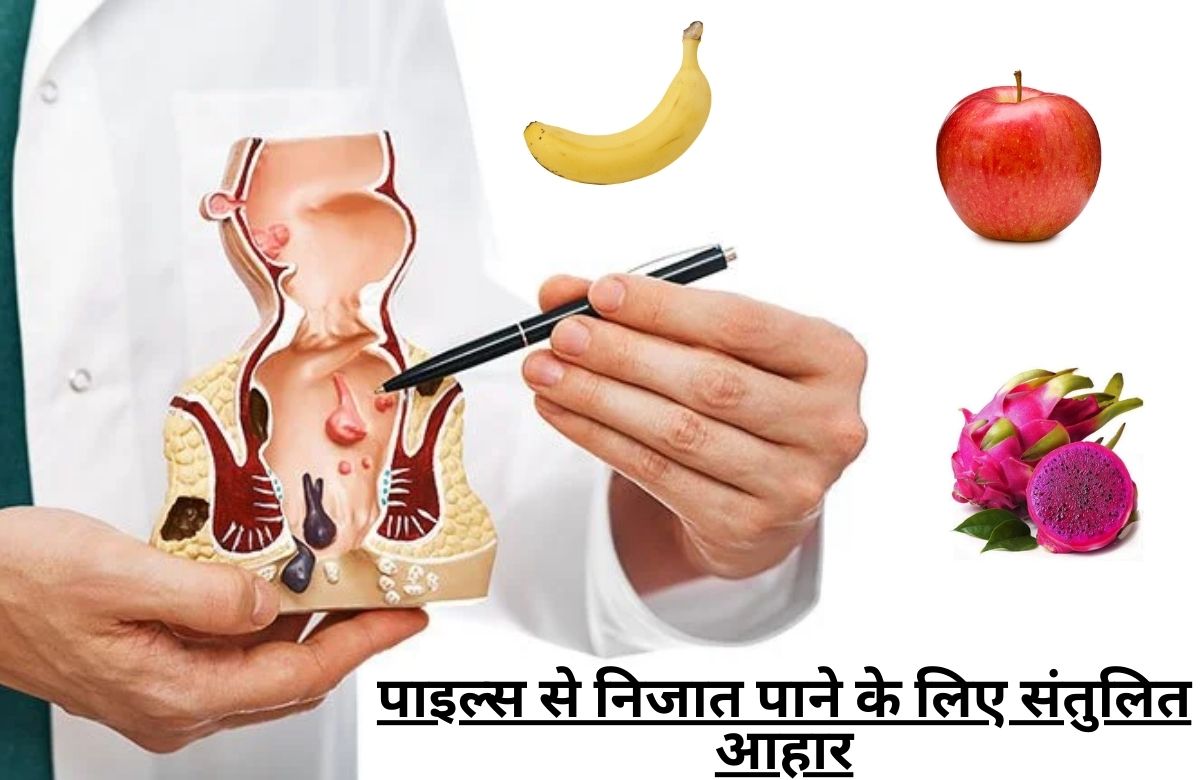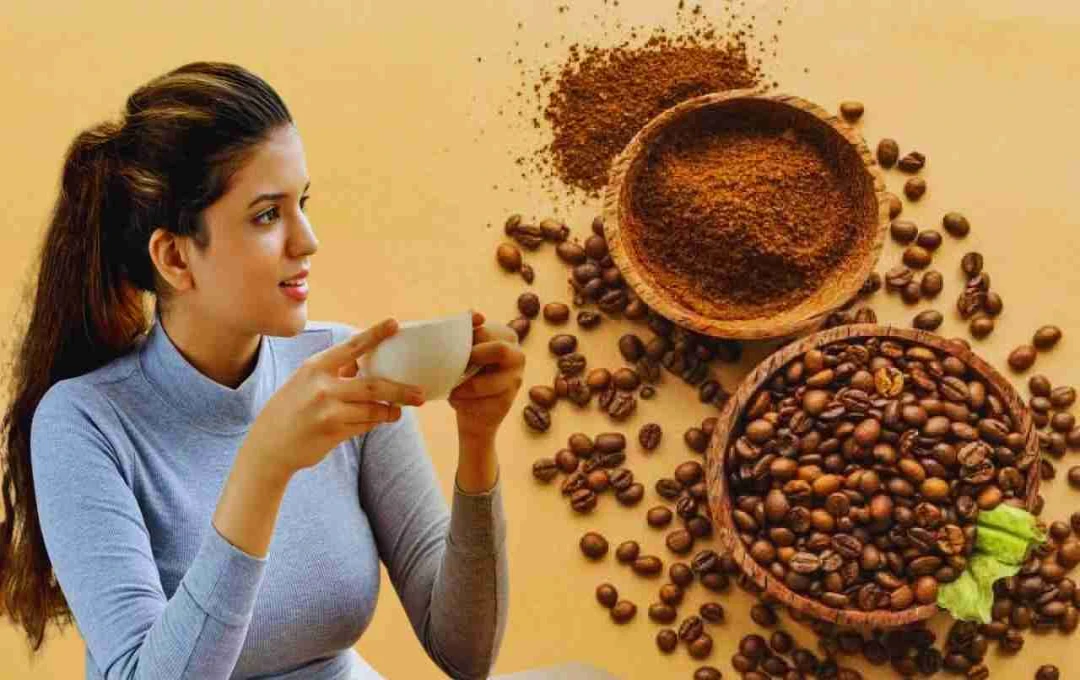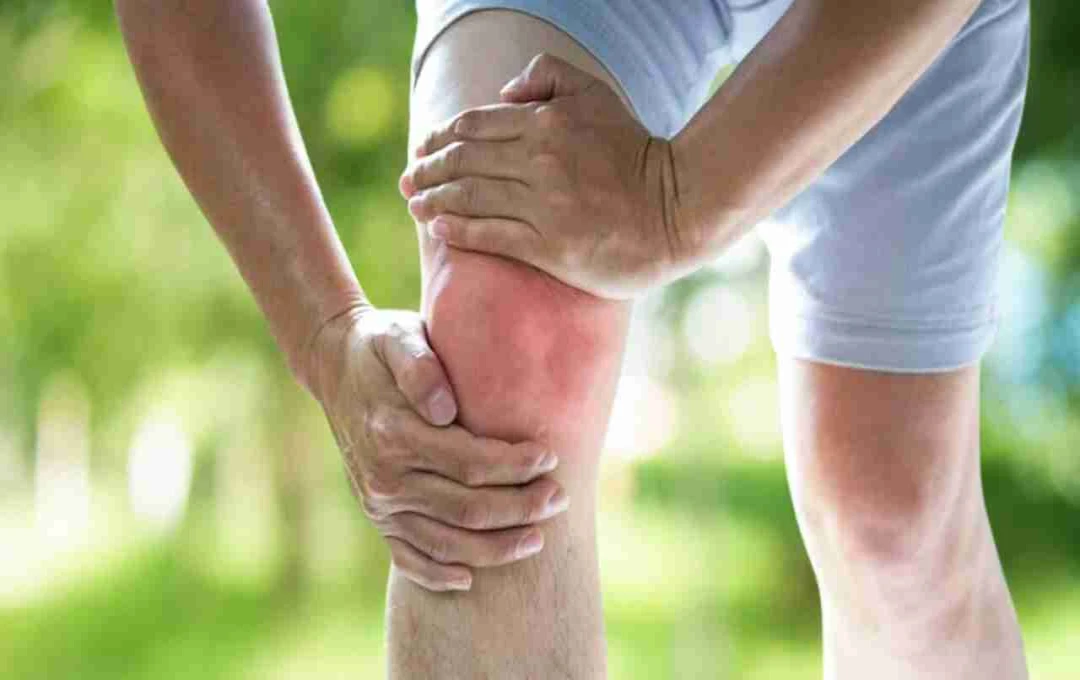Balanced diet to get rid of piles – what to eat and what not to eat
Hemorrhoids, or piles, have become a common ailment. This condition is significantly influenced by diet. Food plays a crucial role in managing piles. However, the modern diet, often heavily reliant on fast food, increases the likelihood of developing piles.
While piles are frequently associated with older individuals, the current dietary habits and consumption of junk food (burgers, pizza, oily foods) are leading to a rise in cases among younger people and children. Piles cause inflammation and swelling, both inside and outside the anus. It is a condition that often causes considerable discomfort.
Patients often seek treatment when symptoms appear, following doctor's advice on medication. However, even after treatment, complete resolution is not always achieved, sometimes leading to surgical intervention. In cases like piles, a patient needs to pay close attention to their diet alongside medication. Let's examine the foods to include and those to avoid.
Constipation is also a factor in the development of piles. Straining during bowel movements, along with bleeding during bowel movements, are key contributing factors. This condition, also known as haemorrhoids, can manifest as swollen lumps protruding from the anus during defecation, causing pain. These can be internal or external.
What are hemorrhoids?
Hemorrhoids are another term for piles. This condition can affect people of any age. Patients often struggle to understand which foods to include and avoid in their diet. Inappropriate dietary choices can exacerbate pile problems, sometimes leading to bleeding and pain. Straining during bowel movements can cause the swollen tissue to protrude. This condition can also cause discomfort during sitting.
Food for piles patients
Root vegetables like sweet potatoes, potatoes, and carrots provide nourishment and support digestive health. Incorporate them into your diet.
Beetroot juice is also beneficial; consider consuming it.
Consume these alongside a glass of milk in the morning.
Almonds, pistachios, cashews, walnuts, and raisins are beneficial for piles patients. These offer a rich source of protein, vitamins, minerals, iron, calcium, and magnesium, contributing to liver health and improved digestion.
At lunch
Two to three rotis, a bowl of salad, a portion of chicken curry (one or half), and a glass of buttermilk.
Fruits for Piles
Fruits like lemons, amla (gooseberry), oranges, grapefruits, pomegranate, and apples are beneficial for piles patients due to their high fiber and carbohydrate content. These provide essential vitamin C.
At dinner
Two rotis, tomatoes, upma, and green vegetables.
Foods to Avoid with Piles
Avoid chilies: Patients with piles should avoid green or red chilies. Consuming chilies may aggravate pain and discomfort.
Avoid tobacco products: Supari (betel nut), gutkha (a type of chewing tobacco), pan masala, and cigarettes can exacerbate symptoms. Avoid all such products.
Avoid outside food: Avoid eating outside food due to potential concerns about hygiene, salt, and spice content.
Avoid legumes: Individuals with piles should avoid rajma (kidney beans), masoor dal (lentil), and other beans. Those who enjoy rajma-rice or dal-rice should consider avoiding these dishes for a while. Legumes are considered harmful for piles patients.












